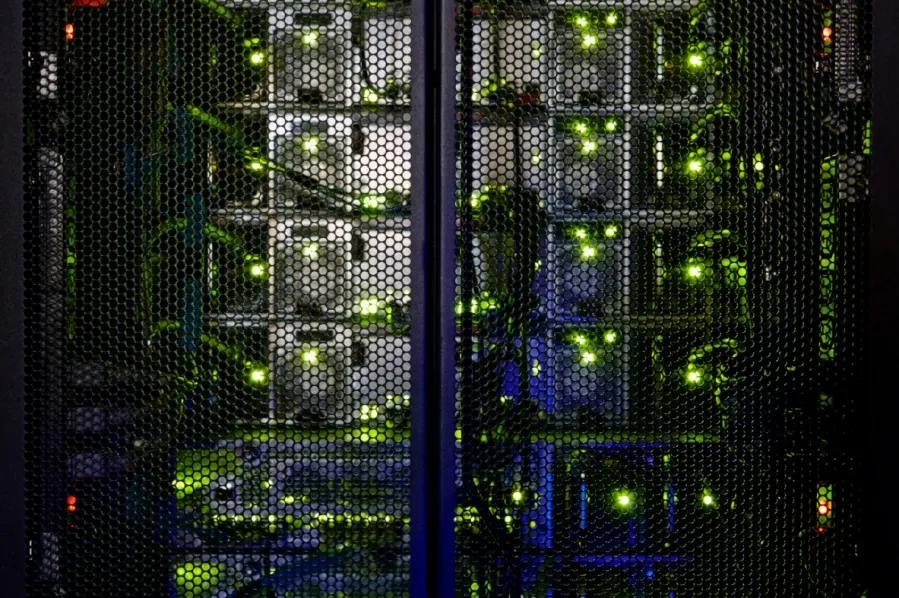Meta Announced Its New AI Chip
Meta Platforms unveiled the second generation of its Meta Training and Inference Accelerator (MTIA) AI chip.

The High-Performance Computing Center of the University of Stuttgart (HLRS) and HPE announced a collaboration to build and deliver a next-generation supercomputer for HLRS, 3.5 times faster than its current system. The upcoming system, named Hawk, will be the world’s fastest supercomputer for industrial production, powering computational engineering and research across science and industrial fields to advance applications in energy, climate, mobility, and health.
Hawk, based on HPE’s next-generation HPC platform running a next generation AMD EPYC processor, code named Rome, will have a theoretical peak performance of 24 petaFLOPs, and consist of a 5,000-node cluster. Construction of Hawk is projected to cost €38 million. Funding will be provided under the auspices of the Gauss Centre for Supercomputing, the alliance of Germany's three national supercomputing centers. Half of the funding will be provided by the State of Baden-Württemberg's Ministry of Science, Research and Art, and the second half supplied by the German Federal Ministry of Education and Research (BMBF).
Building on the recent rollout of next-generation supercomputers at the Leibniz Supercomputing Centre and Jülich Supercomputing Centre, HLRS's partners in GCS, the new system constitutes the next step in Germany’s strategy to move toward exascale computing. The use of next generation AMD EPYC processors will complement the use of competing processors at the other two GCS centers, supporting goal of offering users a diverse set of computing architectures. Moreover, these processors utilize a memory subsystem that makes them particularly well suited for efficiently running applications used for simulation in fields such as computational fluid dynamics, molecular dynamics, and other research areas.
In addition to HPE addressing new hardware design for HLRS, the contract specifies a four-year collaboration focusing on user application, technical support, and enabling data analytics and machine learning. This joint effort also supports HLRS's mission to empower researchers in the coming years in basic and applied science, scaling their applications to the increasingly massive parallel supercomputing systems currently on the horizon.